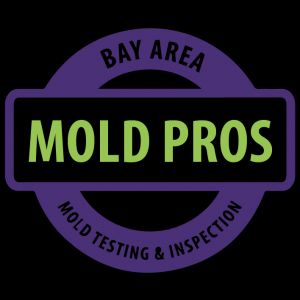A Guide: How Long Does It Take for Mold to Grow After Water Damage?Posted by Bayareamoldpros on July 2nd, 2023
Introduction Water damage can be a stressful experience for homeowners, and one of the major concerns associated with it is the potential growth of mold. Mold can start to develop rapidly in moist environments, posing health risks and causing damage to your property. Understanding the timeline for mold growth after water damage is crucial in order to take prompt action and prevent further complications. In this guide, we will discuss the factors influencing mold growth and provide insights into how long it takes for mold to grow after water damage, along with the recommended steps to address the issue effectively. Factors Influencing Mold Growth Several factors contribute to the growth of mold after water damage. Understanding these factors can help homeowners assess the urgency and take appropriate measures:
Timeline for Mold Growth The timeline for mold growth can vary depending on the specific circumstances and conditions. While it is challenging to provide an exact timeframe, mold can start to grow within 24 to 48 hours after water damage has occurred. However, this is a general estimate, and it is essential to consider other factors, such as humidity levels, temperature, and the extent of water saturation, which can influence the speed of mold development. Within the first 24 to 48 hours, mold spores can begin to settle on surfaces and absorb moisture from the environment. They can then germinate and form visible colonies. As time passes, these colonies can expand and release more mold spores into the air, further contributing to the spread of mold throughout the property. Addressing Water Damage and Mold Growth Taking immediate action after water damage is crucial to prevent or minimize mold growth. Here are the recommended steps to address water damage and mitigate the risk of mold:
Conclusion Understanding the timeline for mold growth after water damage is essential for homeowners to take immediate action and prevent further complications. While mold can start to develop within 24 to 48 hours after water damage, the specific circumstances and conditions play a significant role in its growth speed. Taking prompt steps to address water damage, remove excess moisture, and ensure proper drying can help mitigate the risk of mold growth. If mold growth is already visible or if the water damage is extensive, it is advisable to seek professional assistance from reputable mold specialists. Bay Area Mold Pros is a trusted mold specialist company dedicated to providing comprehensive mold services. Their expertise and specialized services can ensure effective mold remediation, protecting your property and promoting a healthy living environment. Bayareamoldpros is a leading mold inspection and mold testing company providing quality mold analysis services and helping families & businesses overcome the devastating setbacks caused by mold. Bay Area Mold Pros suggests every homeowner in the San Francisco area should get periodic mold inspections. To schedule our mold inspection & mold testing services visit our website bayareamoldpros.com either email us or fill in the contact form on our website. We can be reached 24/7 at (650)762-6228. Like it? Share it!More by this author |



